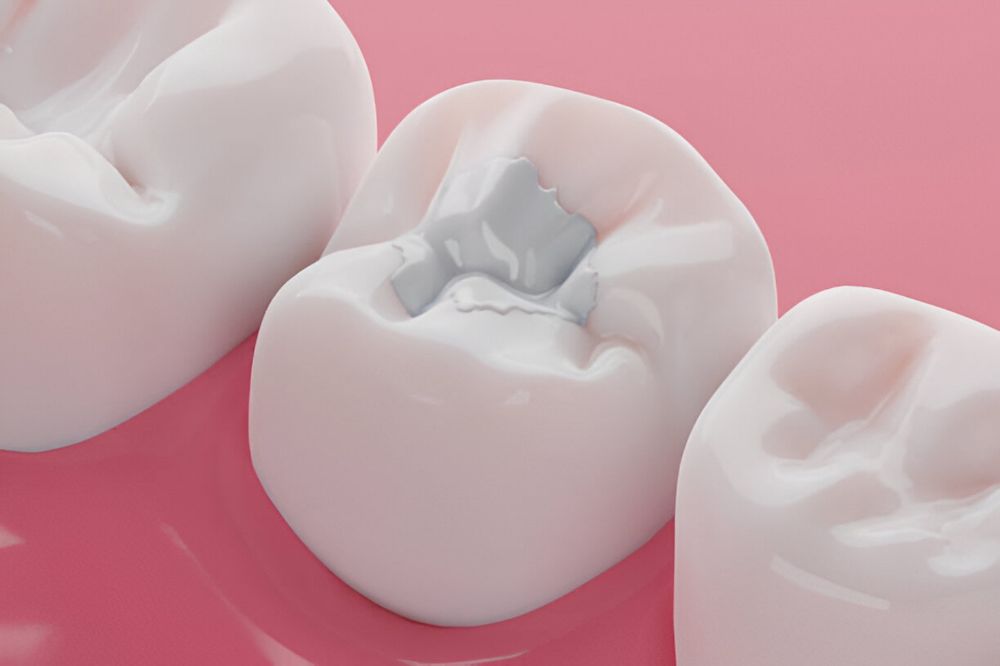Cavities and tooth structure defects are some of the most common reasons why people require dental fillings.
If you need a dental filling in Saskatoon, you might be wondering what the treatment is like and how it will feel. Knowing what to expect at each stage can help you feel more at ease and ready for your visit. Meeting with your dentist and asking questions can help you with this.
Why Do You Need a Dental Filling?
A filling is required when a tooth is decayed, or more commonly referred to as a cavity. Cavities, if not treated, will become worse, creating pain, sensitivity, and infection. A filling restores the tooth while not allowing it to cause damage or further harm and enhances its function.
- You may require a filling if you have:
- Sensitivity in your teeth to hot, cold, or sweet foods
- Pain when biting
- Holes or dark areas visible on your teeth
- A broken or chipped tooth
If you think you require a filling, seeing a dentist in Saskatoon early can avoid more severe problems.
The Dental Filling Process: Step-by-Step
Obtaining dental fillings near Rosewood is an easy and relatively painless treatment. Here’s what you can anticipate:
1. Initial Examination and Diagnosis
Your dentist will first take a look at your teeth prior to the filling process and can take X-rays to determine how far the decay has gone. This assists your dentist in selecting the most suitable filling material for your tooth.
2. Numbing the Area
To ensure your appointment is pain-free, your dentist will use a local anesthetic to numb the gums and tooth in question. You will only experience a small pinch as the anesthesia is injected, but it takes effect quickly so you don’t need to worry.
3. Removing Decay
After the area has been numbed, the decayed part of the tooth will be extracted by a dental drill or laser by your dentist. This is done to remove all the bacteria and damaged tissue and prepare it for the filling.
4. Preparing the Tooth and Cleaning
Once the decay is removed, your dentist will then clean out the area to eliminate any other debris or bacteria. If the cavity is large and near the nerve, a liner can be placed to guard the inner layers of the tooth.
5. Filling the Cavity
Your dentist will carefully apply the chosen filling material in layers. The most common types of fillings include:
- Composite resin (tooth-colored)
- Amalgam (silver-colored)
- Gold or porcelain
For composite fillings, a special light is used to harden each layer before moving to the next step.
6. Shaping and Polishing
Once the filling is in place, your dentist will shape and smooth it to match your natural tooth structure. They will check your bite to ensure proper alignment and make any necessary adjustments before polishing the filling.
How Long Do Dental Fillings Last?
The lifespan of a dental filling depends on the material used and your oral hygiene habits. On average:
- Composite fillings last 5-10 years
- Amalgam fillings last 10-15 years
- Gold and porcelain fillings can last 15 years or longer
Regular dental check-ups can help ensure that your filling remains intact and any issues are addressed early.
Are There Any Risks or Complications?
Dental fillings are generally safe, but some minor risks include:
- Temporary tooth sensitivity
- Allergic reactions (rare)
- Filling wear and tear over time
If a filling becomes loose or falls out, visit a dentist promptly to prevent further damage to your tooth.
Schedule Your Appointment Today
If you need dental fillings, Meadows Dental is here to provide high-quality care in a comfortable environment. Our experienced team of dentists in Saskatoon will make sure that your time with us is smooth and stress-free. Contact us today to set up an appointment and restore your smile with confidence!
We look forward to working with you soon!

